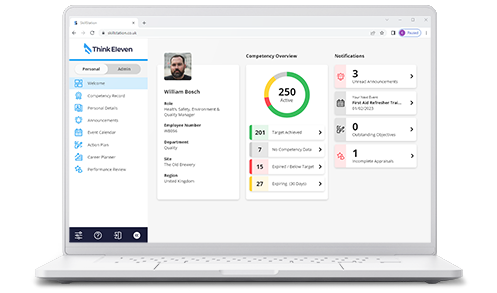Safeguarding Children with Disabilities eLearning Course
Overview
Many of us find it hard to understand how anyone could abuse any child, let alone a child with disabilities. Yet this refusal to accept the abuse of disabled children often means that practitioners disregard the signs of abuse, therefore allowing the abuse to continue.
Audience
This course is intended for all children’s workforce practitioners, i.e. all staff who work with children, young people and their families. Although this course forms part of an induction programme for new starters, it is also intended for all practitioners who want to improve their knowledge and continue their professional development.
About this course
The course contains additional resource materials, useful links and a refresher guide.
Objectives
This course will enable you to:
Content
Here are some of the topics covered in this course:
Important facts | Definition of disability | Definition of child abuse | Why are disabled children particularly vulnerable? | Disbelief | Change in disbelief culture | Communication | Methods of communication | Make the child heard | Signs and symptoms | Awareness of abuse indicators | Lack of specific training | Team around the child | Respect for parents / carers | Anger and stress | Investigation | Excuses | Education | Points to consider
This course has a minimum of 25 learner registrations for us to provide a quotation.
Request a Quotation- Language
- UK
- Date last updated
- 4/16/2019
- Duration
- 30 minutes
- Suitable Devices
-
- PC
- Audio is Required
-
- Optional
- Includes Video
-
- Yes
- Downloadable Resources
-
- Linked within Course
- Completion Criteria
-
- Pass final test
- Visit all pages
- Pass Mark
-
- 80% pass mark required
- Course Technology
-
- HTML5
- SCORM 1.2
- Can be customised
-
- Available at an Additional Cost
- Accreditation or Endorsements
-
- CPD
- Languages
-
- English
